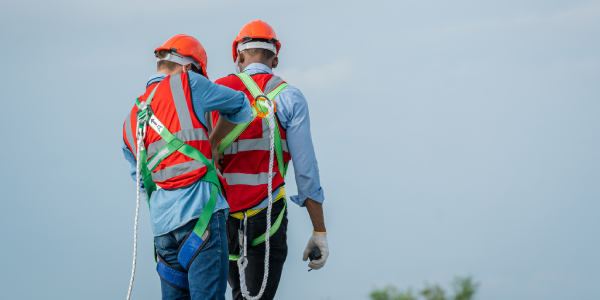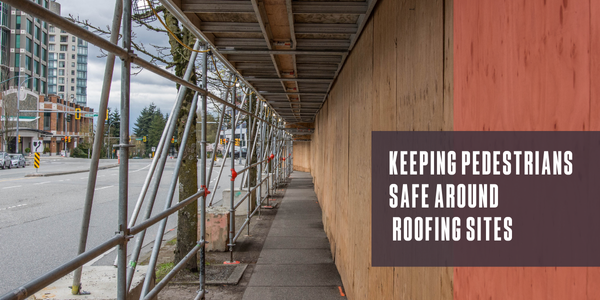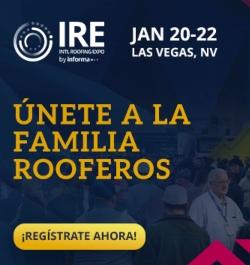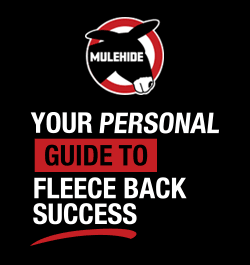Understanding human factors in roofing safety to prevent serious injury and fatality incidents

By Cotney Consulting Group.
Look into the intricate factors that fuel these incidents, and explore the motivations guiding people's actions to illuminate the complex ties between human performance and SIFs.
Roofing contractors are acutely aware that safety is non-negotiable in our industry. Despite rigorous safety measures, Serious Injury and Fatality (SIF) incidents persist, even in companies renowned for vigilance.
The persistence of SIFs in companies with robust safety standards can be attributed to the intricate nature of human behavior and the unpredictable real-life scenarios workers face. Unexpected elements can converge, even in conscientious work environments, leading to tragic outcomes. To create safer workplaces, understanding these complexities is paramount.
What sets SIFs apart from less severe injuries is their profound impact. While minor injuries can be treated, SIFs bring life-altering consequences for the injured worker and their family. This stark difference emphasizes the need for a deeper analysis of the factors contributing to these incidents.
Central to workplace safety is decision-making, especially in the roofing industry, where split-second judgments can alter lives. Wrong decisions often result from inadequate training, complacency and awareness. High-pressure situations may trigger instinctive behavior, causing workers to overlook safety protocols. This lapse in judgment can lead to devastating SIF incidents, preventable with more mindful decision-making.
To fully comprehend the dynamics of SIF incidents, recognizing the hidden connections between human performance and these occurrences is imperative. Emotions, perceptions and external pressures influence human behavior. Identifying these factors enables roofing contractors to tackle the root causes of SIF incidents, not merely the symptoms. Acknowledging the human element allows companies to enhance decision-making processes and mitigate SIF-related risks through targeted strategies.
Achieving a safer roofing workplace requires a holistic approach beyond superficial solutions. Roofing contractors, even those with exemplary safety records, must acknowledge that vigilance has its limits. Understanding why SIFs persist despite best efforts is the catalyst for genuine change.
Even in companies with stellar safety records, SIFs occur due to risk homeostasis — a false sense of security leading to riskier behaviors. Vigilant workers might become desensitized, fostering complacency invisible until it proves costly. This behavioral risk necessitates continual reassessment of safety protocols and constant employee engagement in safety discussions.
The disparity between SIFs and minor injuries goes beyond severity; it lies in circumstances and prevention potential. Many less severe injuries stem from routine tasks with known risks. SIFs, on the other hand, often result from non-routine work or a series of overlooked errors aligning disastrously. These unique situations challenge workers who navigate unfamiliar risks under pressure.
Decision-making in roofing is critical, balancing safety and productivity in varied conditions. Cognitive biases, pressure, and reliance on instinct can lead to shortcuts and overlooking danger signs. Human performance, encompassing cognitive, psychological and social factors, influences judgment. Fatigue heightens error likelihood, while communication breakdowns or team dynamics affect performance. These subtle influencers manifest in serious incidents.
Roofing contractors must adopt a holistic safety approach, integrating human performance factors. Cultivating a culture where safety is a shared responsibility, providing continuous education beyond compliance, and developing systems resilient to human error are vital. Addressing human performance in roofing safety necessitates a shift from rigid rules to understanding the interplay between workers, the environment, and psychology. Incorporating this insight into safety practices brings the industry closer to eradicating SIFs from the workplace.
Learn more about Cotney Consulting Group in their Coffee Shop Directory or visit www.cotneyconsulting.com.






















Comments
Leave a Reply
Have an account? Login to leave a comment!
Sign In